Are you tired of high energy bills but unsure of how to cut back on your usage? Look no further than these energy-saving tips from Curbly. From simple changes like switching to LED light bulbs to bigger projects like upgrading your insulation, these tips can help you save money and reduce your carbon footprint. Whether you’re a renter or a homeowner, there are plenty of practical ideas to help you reduce your energy consumption and create a more sustainable living space. So why wait? Start implementing these energy-saving tips today and watch your energy bills shrink!
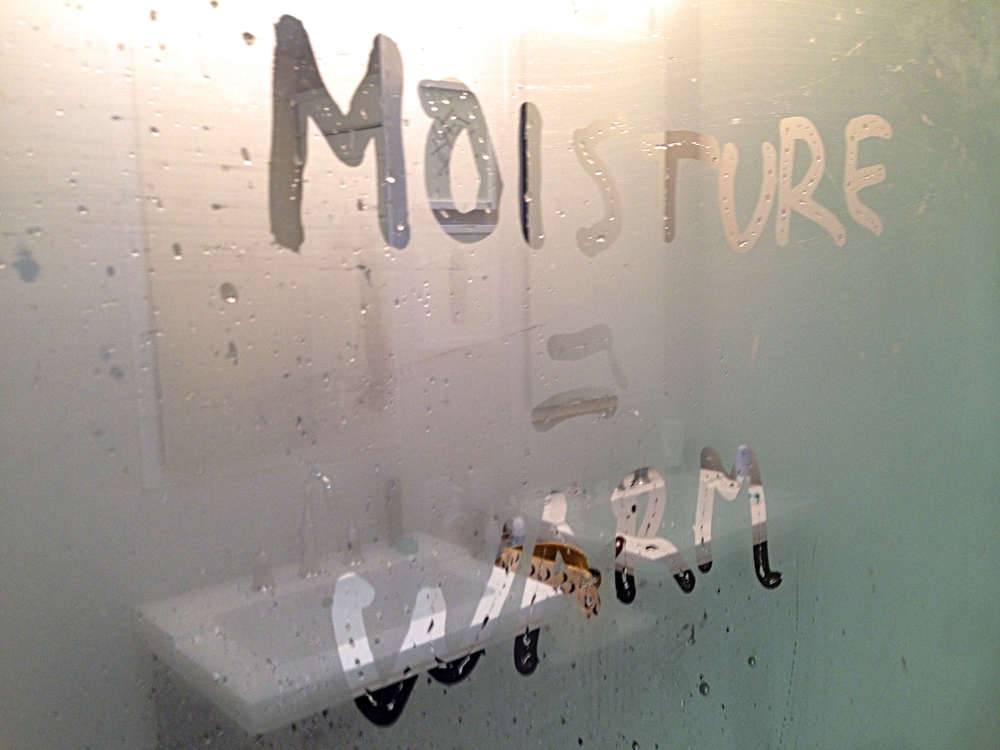
1. Leave the door open when showering
By leaving the bathroom door open, and leaving the exhaust fan off, you introduce more moisture into the home. If you live in an extremely dry winter climate, the very dry air inside your home can make you feel colder than it actually is. Letting some of the shower moisture into the home can increase the humidity and help you feel warmer without turning up the thermostat. If it’s really dry out, you shouldn’t have to worry about excessive condensation problems (if you start noticing moisture/frost on windows, it’s getting too humid in the house).
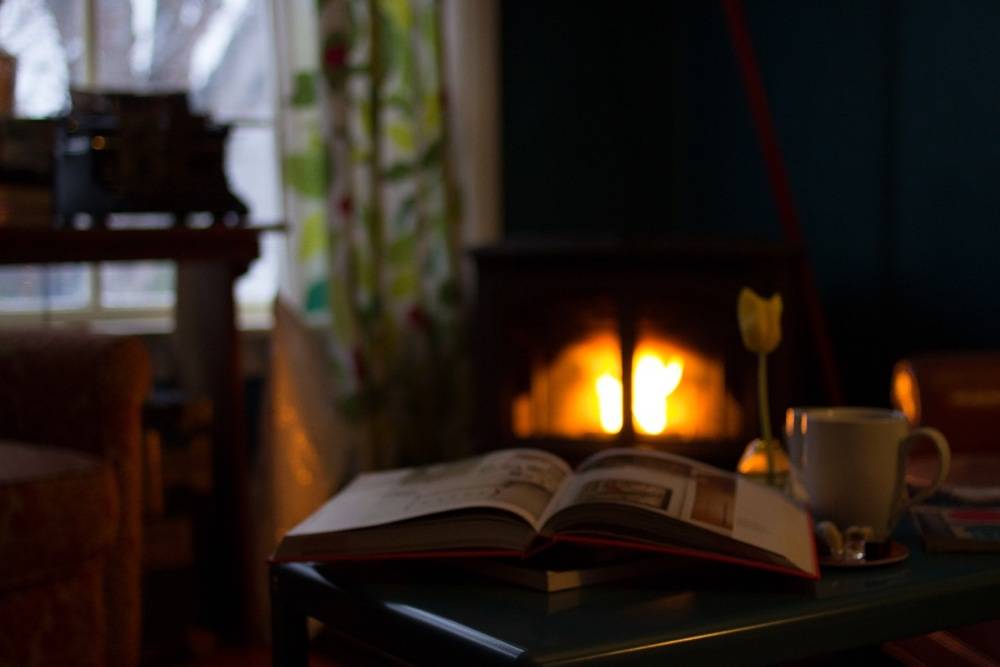
2. Keep yourself (not the whole house) warm
Focus on warming the rooms you’re actually in. Keep doors closed to minimize heat loss, and use space heaters (carefully and following the manufacturer’s instructions) selectively. Warm drinks (tea, coffee) and layered clothing will keep your body temperature up. Use socks or slippers, as cold feet have an outsized impact on your feeling of warmth.
3. Check your water heater – it might be time for a replacement
If it’s an older model, it might not be functioning at its highest efficiency, and it might be time to replace it. Water heaters are the second-largest energy users in a typical home. That means they have a big impact on your energy costs, as well as your carbon footprint. Depending on your needs, a propane gas tankless water heater can help reduce both, saving you money and lowering your environmental impact.
To help figure if it’s time to look at replacing your water heater, check out our handy infographic below:
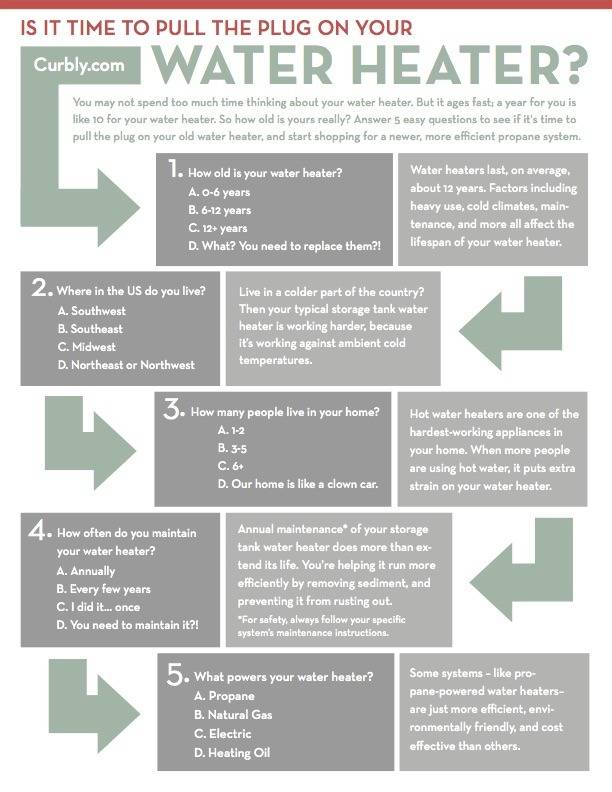
Download the PDF checklist and be sure to check with a professional first!
4. Turn down your water heater temperature
Most people keep their water heater turned up too high. Also, ever notice the times you turn on both the hot and cold handles in the shower? That just means you’re heating up water, only to then cool it down again with cold water! Adjust your heater’s thermostat to one setting lower and see if you notice the difference. Is your water heater tankless? Set it once to your favorite temperature and you won’t have to adjust it again.
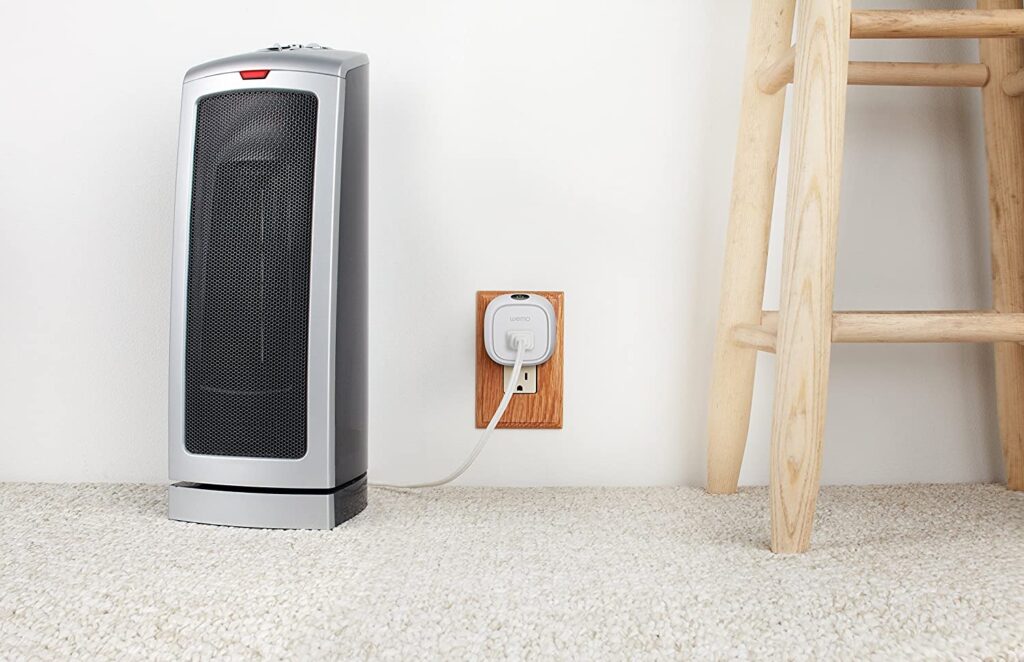
5. Find out where your electricity is going
Use a smart outlet attachment that can monitor each appliance’s usage.
6. Propane tops electric
A 2015 study by Newport Partners, LLC, concluded that for a family with moderate demand in a cold climate zone, a tankless propane water heater can save up to $208 per year vs. a conventional 50-gallon electric water heater.
7. Consider a tankless water heater
By opting for a high efficiency propane tankless water heater, you can:
- Avoid the excessive energy use of storing large volumes of hot water
- Save space in your home with a compact design (on average 12 sq. ft. of floor space saved)
- Have access to endless hot water on demand
- Lower your CO2 emissions (compared with both electric storage tank and heating oil systems)
When shopping for a new water heater, make sure to check the annual cost of ownership, which takes into account the original purchase price plus installation and annual energy costs. While tankless systems cost more up front, they can last 5 to 10 years longer than storage tank water heaters, and deliver lower annual use costs, so you could save money in the long run.
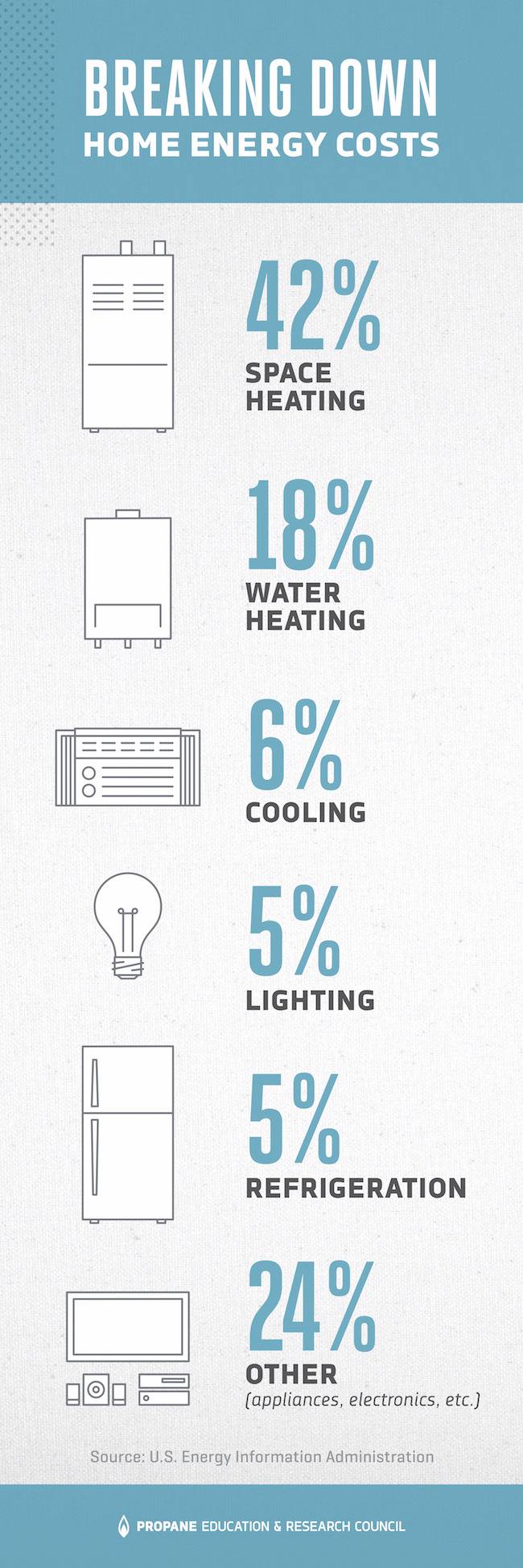
8. Seal those air leaks!
Way more heat escapes your house through air leaks than through direct transfer in materials. Yeah, insulation in your walls and attic stops heat getting out, but a 1/4″ crack in a window frame can make up for all of that savings. Go around the house with a tube of removable caulk or felt weatherstripping and plug up every hole you can feel cold air rushing through. Better yet, get a full home energy audit with an IR camera inspection to find out where your really bad spots are.
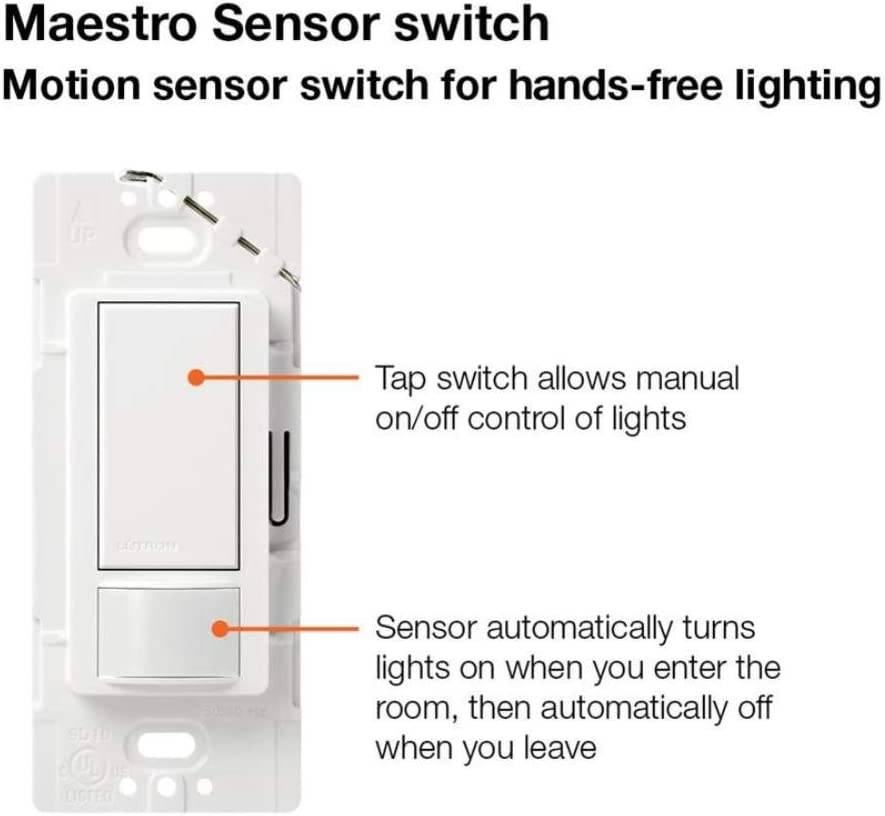
9. Use motion sensors to save energy
Use motion sensor light switches in rooms where the lights often get left on for long periods (like bathrooms and basements).
10. Take shorter showers
User a timer switch for shower fans to encourage short showers. Even new, low-flow shower heads use around 2.5 gallons of water per minute! So a ten minute shower uses 25 gallons of water! Imagine having to heat up 25 gallon jugs of water before you take a shower!
11. Try taking cold showers
Sounds horrible, right? But cold showers can actually help increase your alertness, stimulate your metabolism, and even reduce inflammation and stress!
12. Keep the drafts out with special drapery
Use insulated drapery to keep warm air in and reduce drafts from old windows.
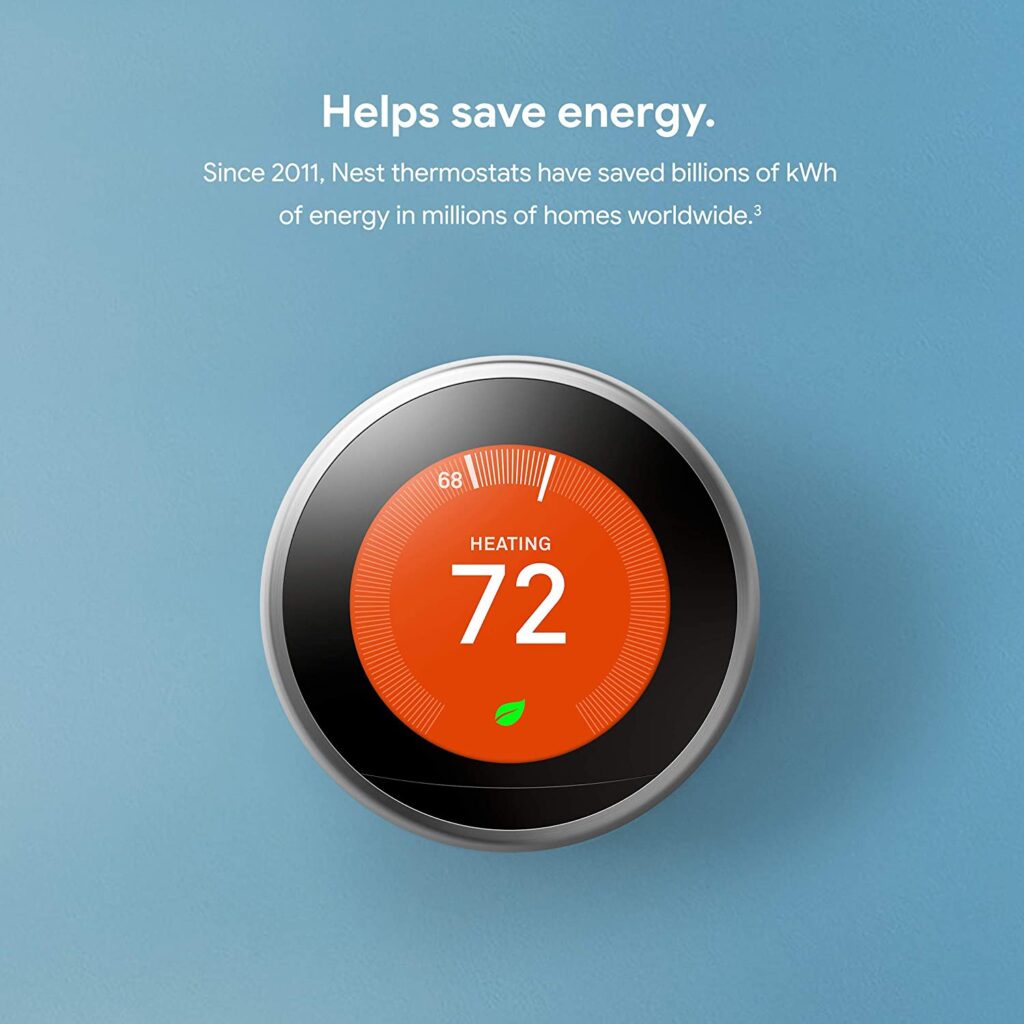
13. Use a smart thermostat
Get a smart thermostat, like the Nest. These types of thermostats adjust to your real-life preferences and activities, and can even automatically sense when no one is in the house (and adjust the temperature accordingly to save energy).
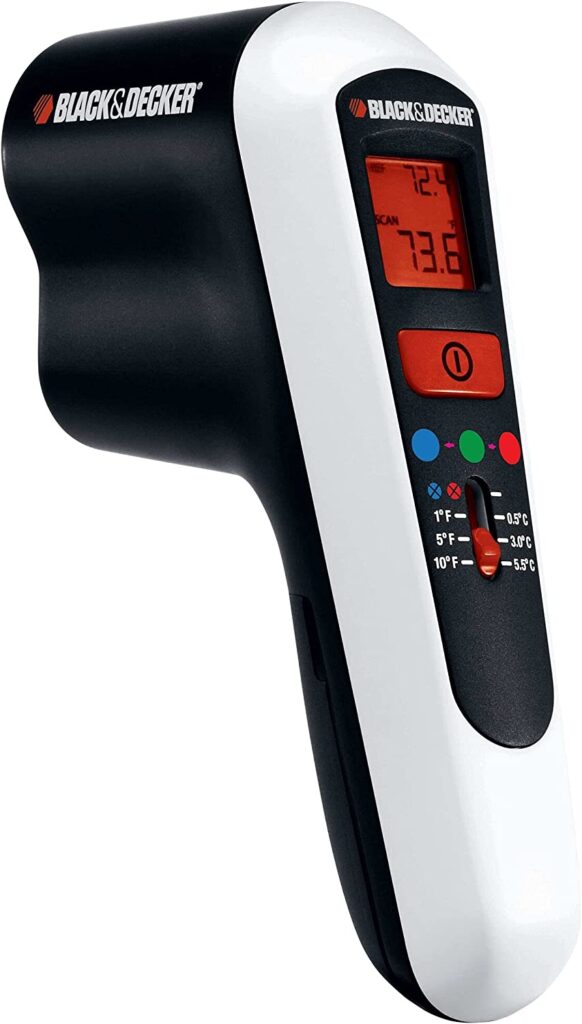
14. Find the air leaks
Get a thermal leak detector and use it to find places where cold air is infiltrating your house. Plugging leaks can save up to 20 percent on heating and cooling costs, and the average house has enough leaks and drafts to equal a 1 sq. ft. hole.
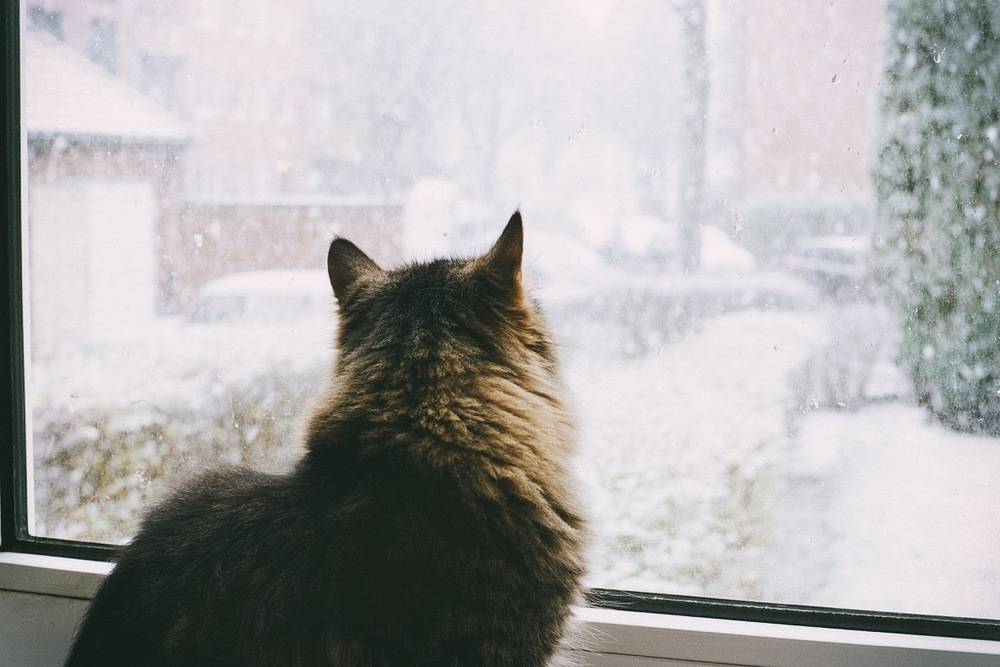
15. Let the sunshine in
Open the shades on sunny days! Sunshine = radiant heat from the biggest, free-est energy source for millions of miles around.
16. Keep your clothes dryer working efficiently
Empty the lint trap before every dryer cycle. Your clothes will dry faster, using less energy, and best of all, you’ll reduce the chance of dryer-vent fires:
More than 15,000 fires are sparked every year by clothes dryers. Lint and other debris can build up in your dryer vent, reducing air flow to the dryer, backing up dryer exhaust gases, creating a fire hazard.
– U.S. Consumer Product Safety Commission
17. Don’t waste water in the toilet
Save water on flushes – place a soda bottle filled with sand or pebbles in the tank to reduce the amount of H2O you use with each trip to the bathroom.
18. Don’t take baths!
Sure, kids love ’em (or sometimes, hate ’em), but did you know the average bath uses 35 to 50 gallons of water?
19. Air dry your dishes
Allow your dishes to air dry instead of using the dishwasher’s drying cycle. If you open the dishwasher door a little, you’ll have the added benefit of adding a little moisture to your indoor air!
20. Reverse your ceiling fans
Have ceiling fans? Run them in winter (in reverse direction) to push warm air down where you can feel it.
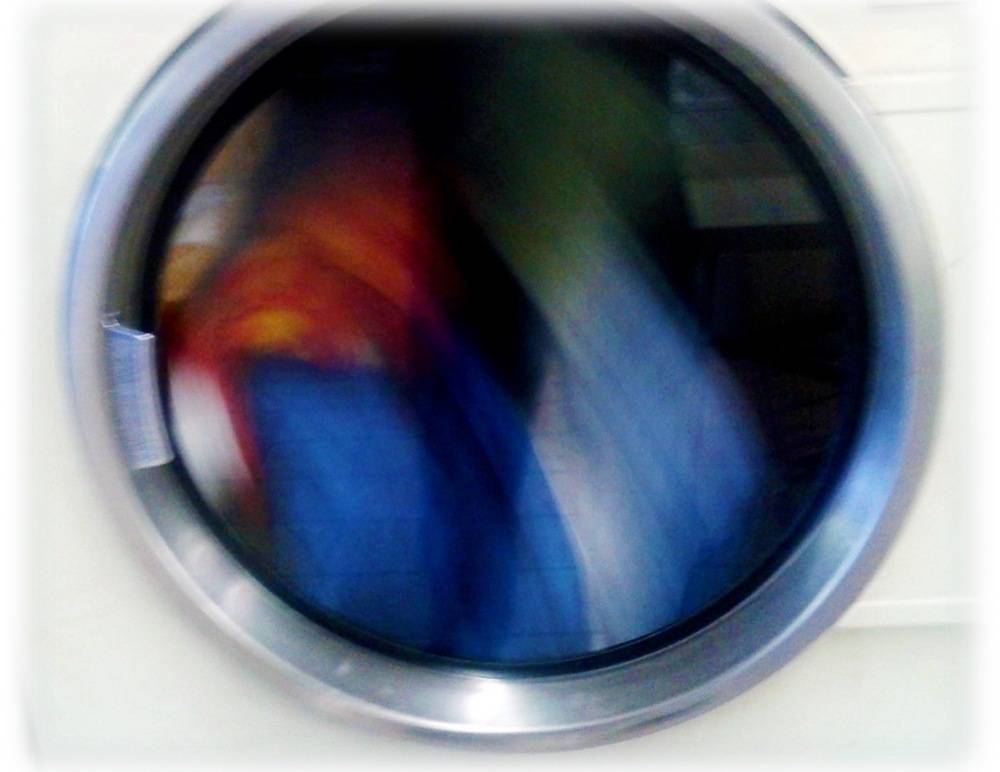
21. Wash clothes using cold water
According to the U.S. Department of Energy:
Unless you’re dealing with oily stains, the warm or cold water setting on your machine will generally do a good job of cleaning your clothes. Switching your temperature setting from hot to warm can cut a load’s energy use in half.
22. Pull the fridge out
Pull your refrigerator away from the wall an inch or two. This increases air flow and can improve efficiency up to 40%.
This post sponsored by The Propane Education & Research Council.
